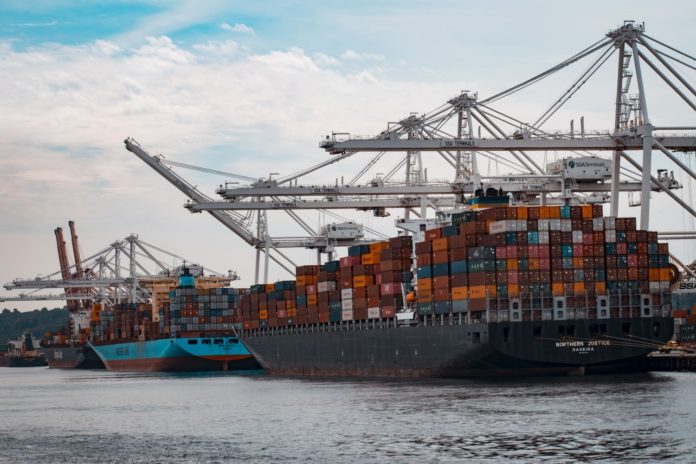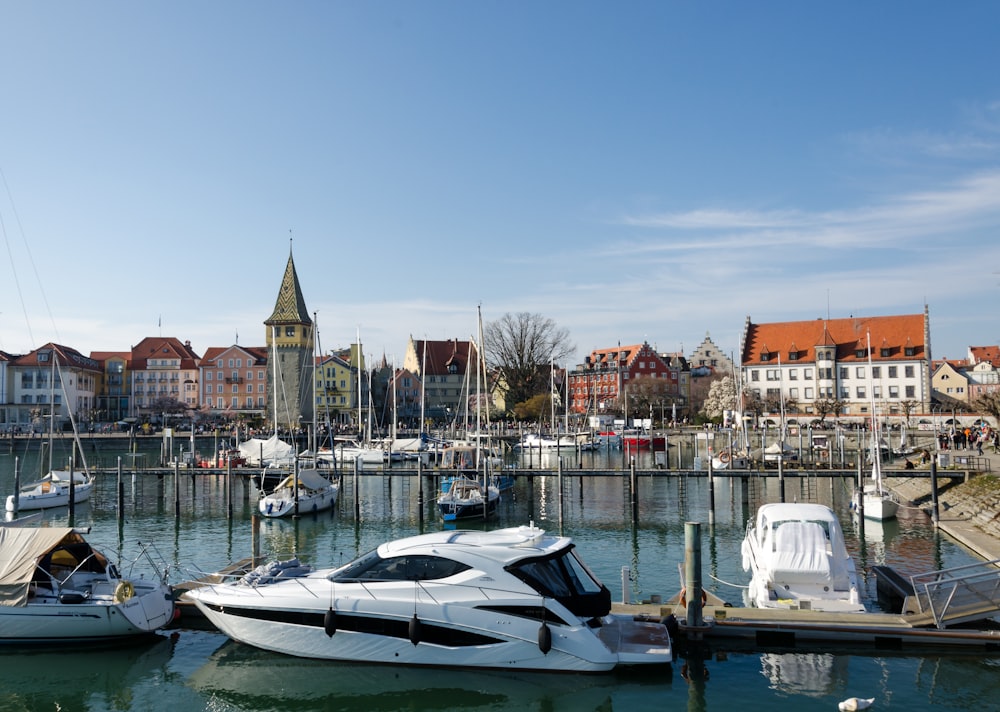
Table of Contents
Ports are the gateway to many countries that have access to oceans and seas. Playing a vital role in the economies of these nations, we categorize them into seaports and inland parts. Germany hosts a good number of these valuable facilities, so enabling safe docking of cargo and cruise ships.
Ports facilitate trade through imports, exports and tourism. Harbors offer jobs to thousands of people. They are also important for matters of security as naval forces set bases around ports. A Commercial port only allows cargo shipping with no passenger ship docking. Here are some known anchorages in Germany.
Port of Hamburg
The port of Hamburg is Germany’s largest and the third busiest port in Europe. Operations at the harbour began in 1189. It lies roughly 83 km from the North Sea, on the shores of River Elbe. The port’s settings are natural, hence ideal for ship docking. The busy port caters for both cargo and cruise ships. It’s considered Europe’s top cruise destination. The port is also home to ship, yacht and Cruise liner building sites. It’s evident that the port of Hamburg is a key driver to the city’s growth and Germany’s economies.
Port of Lubeck
Lubeck is a substantial maritime hub in the whole of Europe. We situate the port to South-Western, part of the Baltic Sea. The port city has a vast rail network making it a key transportation center in the region. Lubecker Hafen-Gesellschaft, Germany’s largest port operator in the Baltic region, runs the day-to-day operations of the port.
Port of Kiel
Kieler Hafen, German for Port Kiel, is another versatile port in the Baltic Sea region. It’s significant for passenger and cargo shipping as Kiel has been, and still is, a darling to most operators for years, thanks to its sheltered and deep harbours. The City serves as an important base for Germany’s Navy and is famous for ‘Kieler Woche’ an international sailing event.
Port of Frankfurt
One of Germany’s vibrant cities, Frankfurt hosts the Port of Frankfurt. The country’s second-largest metropolitan is home to over 5.3 million people. The city is transportation and a key financial centre to Germany and Europe at large. Frankfurt is home of Europe’s top financial organizations, Deutsche Bank is a superb example. The port traces its history to the 1st century BC hence, cruise ships full of anxious tourists dock to interact with the city’s rich culture and history.
Port of Bremen
Last but not least, the port of Bremen is the capital of Bremen State in the Lower Saxon of Northwest Germany. It’s an inland port 70 kilometers from the North Sea on the banks of the Weber River. The port has a rich history dating back to 150AD. It is a combination of two ports, Bremen and Bremerhaven and one of the most important ports in Germany. Bremen mostly handles cargo ships, but thanks to the region’s rich history and culture, cruise liners dock at the harbor. The city is also an agricultural area full of huge green fields thanks to silt deposits.
In conclusion, these are some of the most known ports in Germany but not a conclusive list of ports in the country. These harbours are an important role in German economic growth and Europe in totality.




































